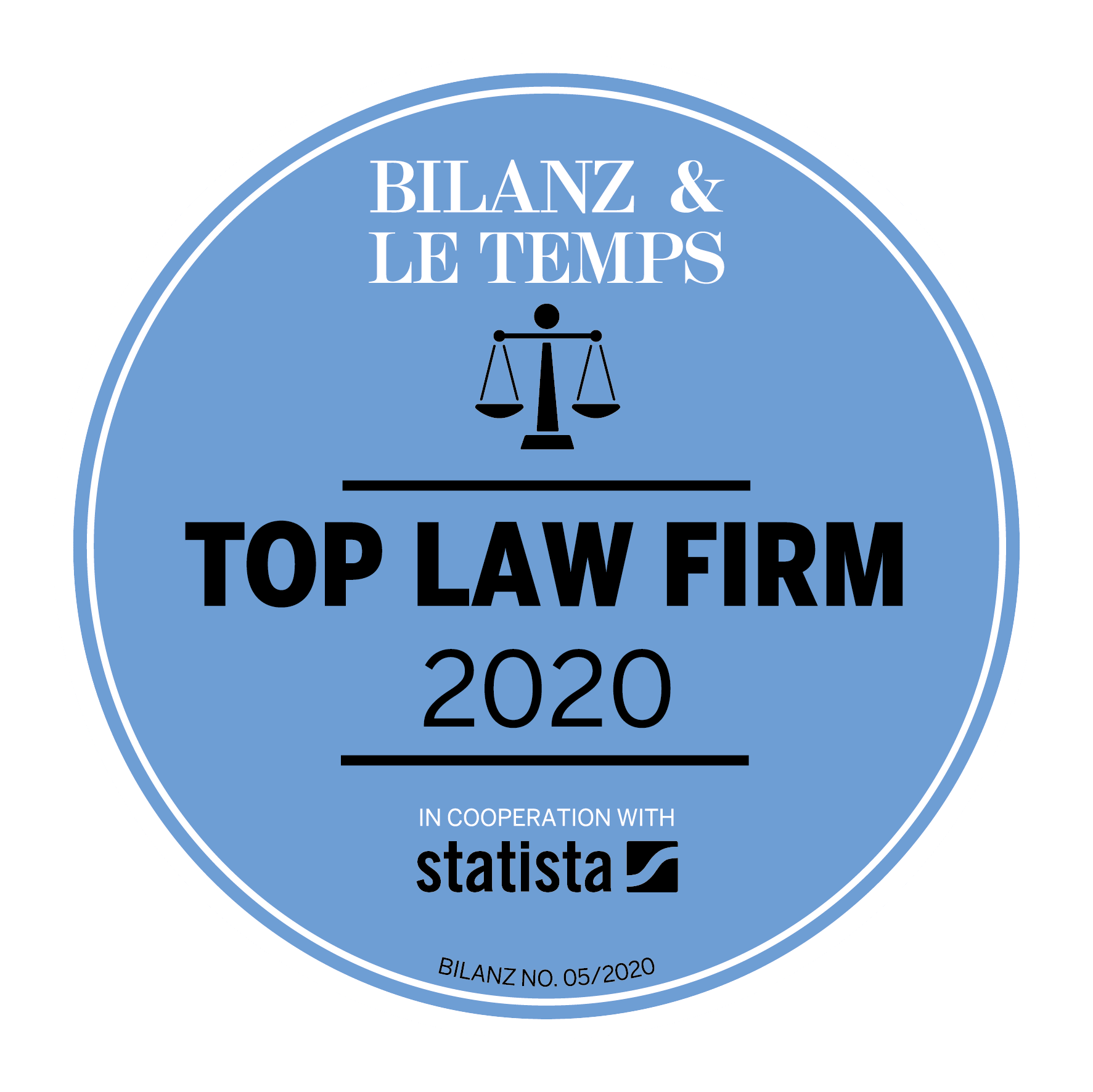Spotlight on the new provisions in operation – Work in progress
Percentage Determination of the Capital Bandwidth
The law defines the permissible maximum and minimum values of the capital band exclusively as fractions (“by half”) and thus in percentages of the share capital registered in the commercial register (art. 653s para. 2 CO).
The articles of association may adopt this tel quel in their own determination of the capital band.
This is not contradicted by the fact that the articles of association must also mention the “number […] of shares” (to be expressed in absolute terms) which can be issued under the capital band.
If there is an ordinary capital increase or reduction during the term of validity of the capital band, the capital band lapses (art. 653v para. 1 CO). This means: with regard to ordinary capital changes, the percentage determination of the capital bandwidth cannot have its own function (taking precedence over the values stated pursuant to art. 653t para. 1 no. 1 and 4 CO).
Things are different with regard to conditional capital!
If the articles of association do not provide otherwise, the two capital vehicles, capital band and conditional capital, work independently of each other. In other words: the number of shares issued from the conditional capital does not reduce the potential of the capital band (even in terms of quantity).
If the articles of association define the capital band in absolute terms, the board of directors (!) adjusts these values each time shares are issued from the conditional capital.
This mechanism under corporate law allows to give the percentage determination of the capital bandwidth, in relation to the conditional capital, its own preceding function over the absolute values (in art. 653t para. 1 no. 1 and 4).
In other words, the board of directors is authorised to increase the share capital in percentage to the registered share capital even if shares are issued from the conditional share capital during the term of validity of the capital band.
This not only takes into account the need to determine the capital band in a certain percentage of the registered capital, but also expands the discretion of the board of directors in absolute terms.
It goes without saying that the articles of association must stipulate this in a clear and comprehensible manner for the shareholders.
First, the articles of association will authorise the board of directors to increase or decrease the share capital in percentage to the current issued share capital.
Furthermore, they will determine in absolute terms the upper and lower limits of the capital band to be stated pursuant to art. 653t para. 1 no. 1 CO, as well as the number of shares to be specified pursuant to art. 653t para. 1 no. 4 CO.
Finally, they expressly state that this authorisation shall be same percentage of the then current issued capital even after the issuance of shares from conditional capital.
And as provided for in art. 653g para. 2 CO, for any issuance of conditional capital outside the capital band, the board of directors will adjust the absolute values accordingly, in this case simply by applying what is stipulated in the articles of association regarding the authorisation clause.
